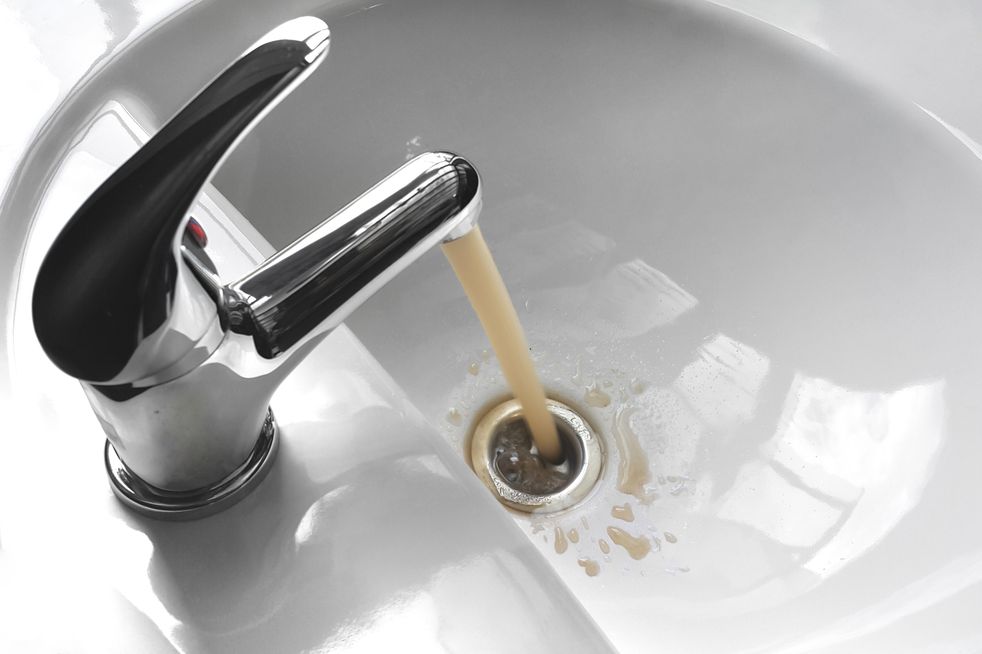Invisalign,a brand name synonymous with ‘invisible aligners,’ has emerged at the forefront of orthodontic treatment,transforming smiles across the globe. As the world’s largest user of 3D printing technology,Invisalign has redefined the approach to teeth alignment,substituting the traditional wired braces with a clear,nearly invisible,and removable alternative. The innovation does not stop at the aesthetic appeal,as these aligners offer a level of comfort and convenience unparalleled in the domain of orthodontics. It’s no wonder then that Invisalign has witnessed a surge in popularity among both adults and teenagers,becoming the preferred choice for those seeking to enhance their smiles without compromising on their lifestyle or appearance. This growth in popularity can be attributed to several factors,including increased awareness,accessibility,and the continual advancements in technology that Invisalign embodies. As we delve into the world of Invisalign,we will explore these factors in more detail,shedding light on the reasons behind the burgeoning popularity of this revolutionary orthodontic treatment.
Comparison between traditional braces and Invisalign – appearance,comfort,and maintenance
When comparing Enoch & Lamei Orthodontics in East Cobb, GAand Invisalign,the first noticeable difference is their appearance. Traditional braces,composed of metal brackets connected by wires,are quite visible and can sometimes hinder the wearer’s confidence to smile openly. In contrast,Invisalign aligners are made of a clear,medical-grade thermoplastic material,making them virtually invisible. This discreet nature of Invisalign aligners contributes significantly to their popularity,especially among adults and teenagers who prefer a less noticeable orthodontic solution.
The technology behind Invisalign – how it works and the process of getting fitted for aligners
The technology behind Invisalign is a testament to the perfect blend of dental science and 3D modeling. At the beginning of the treatment process,a digital scan or physical impression of the patient’s teeth is taken. This data is then transformed into a 3D model using proprietary software,ClinCheck® software,which maps out the step-by-step journey of the patient’s teeth from their current position to the final desired position. The result is a series of tailor-made aligners that apply the right amount of force at the right time to move the teeth into position. Each aligner is typically worn for 1-2 weeks before moving on to the next in the series,gradually shifting the teeth into the desired alignment. One of the main advantages of this technology is its predictability; orthodontists can see the projected outcome before the treatment begins,enabling them to plan the tooth movement more accurately and discuss the result with patients upfront.
Tips for maintaining proper oral hygiene while using Invisalign aligners
Maintaining proper oral hygiene is critical during orthodontic treatment,especially when using Invisalign aligners. It ensures not only the effectiveness of the treatment but also the overall health of your teeth and gums. Here are some tips to help maximize your oral hygiene routine while using Invisalign aligners:
- Regular Cleaning of Aligners: Always clean your aligners before putting them back in your mouth,especially after eating. Use a soft toothbrush and non-abrasive toothpaste to gently scrub all surfaces.
- Rinse After Eating: Before re-inserting your aligners,rinse your mouth to remove any food particles that might get trapped.
- Brush and Floss Regularly: Maintain your usual oral hygiene routine. Brush your teeth at least twice a day and floss once a day.
- Avoid Sugary and Acidic Drinks: These can cause plaque buildup and tooth decay. If you wish to drink these,remove your aligners first.
- Regular dental Checkups: Regular visits to your dentist can help catch any potential issues early and keep your treatment on track.
Remember,a clean mouth leads to clean aligners,and ultimately,a healthier,happier smile.
If you’re considering starting your orthodontic journey with Invisalign,look no further than Invisalign. Known for their exceptional patient care and vast expertise in the field,this practice provides a comprehensive orthodontic experience that is tailored to your individual needs. Their team of specialists employs the latest technologies in orthodontics,ensuring that you receive the most effective treatment possible. Whether you’re an adult seeking to enhance your smile,or a parent looking to provide your child with the best orthodontic care.

